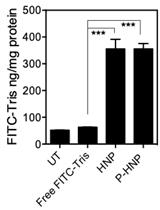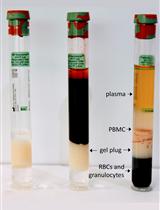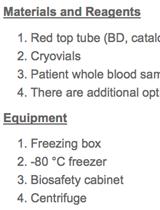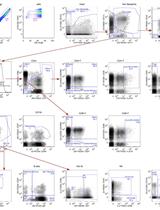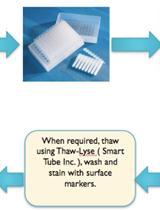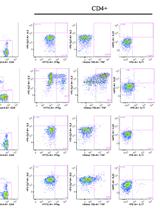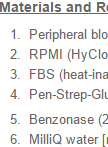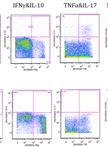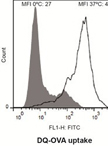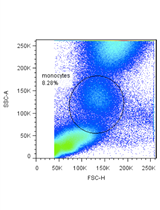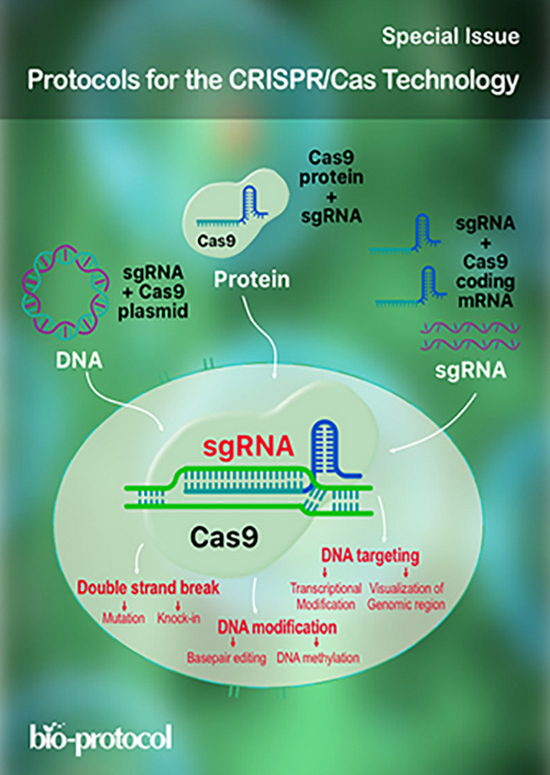
Protocols for Human Immune Monitoring
Flow cytometry and the more recently developed mass cytometry—or cytometry by time-of-flight (CyTOF)— are key technologies broadly used by researchers to study the immune system. Since its invention in the late 1960s, fluorescence-based flow cytometry has advanced considerably and now allows the simultaneous detection of 18-20 proteins expressed by individual cells. Fluorescence-based flow cytometry has enable researchers to better understand the complexity of the immune system. Yet, the phenotypic and functional heterogeneity of immune cells has trigger the need for even more proteins to be detected at once. To overcome the limitation imposed by the spectral overlap of fluorochromes, CyTOF technology uses elemental isotopes instead of fluorochromes to label antibodies. CyTOF enables simultaneous detection of 30-50 proteins and could, in theory, detect up to 100 markers. Using these technologies, immunologists have developed a broad range of staining procedures, gating strategies, and functional assays to better understand the immune system.
Our special issue on human immune monitoring presents a comprehensive collection of detailed and peer reviewed protocols focused on human sample processing for flow cytometry analysis (section 3), immune assays to assess the composition, phenotype and functionality of human immune cells by fluorescence-based flow cytometry (section 2) and by CyTOF technology (section 1). Bio-protocols’ uniquely interactive platform supports communication between scientists – through feedback, Q&A, and protocol updates sections – and will allow you to set up cytometry based technologies for your research. Bio-protocol is a living platform and our Protocols for Human Immune Monitoring special issue will grow with the cytometry field, giving you access to the latest developments.


